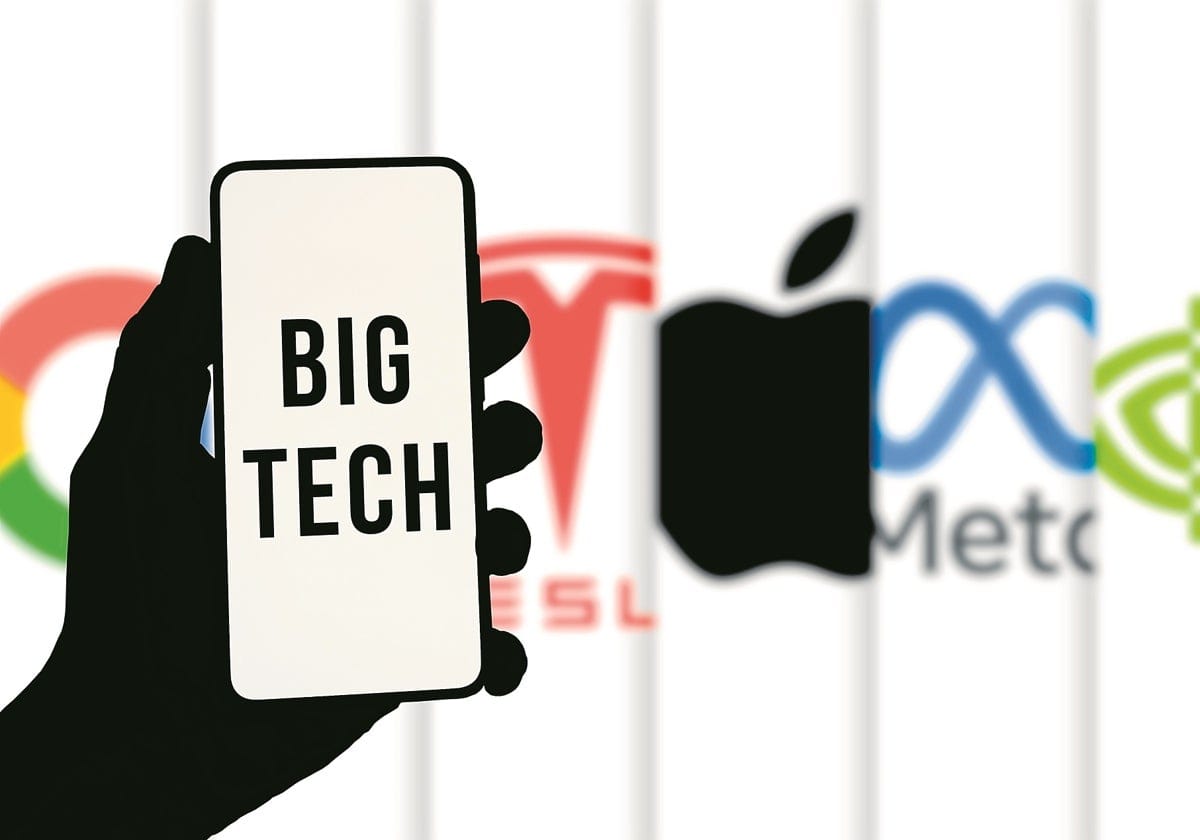Big Tech Explores Stablecoin Integration for Crypto Payment Solutions

Major technology firms are increasingly eyeing stablecoins, which are crypto tokens pegged to the U.S. dollar, as a way to streamline payments and reduce transaction costs. Companies like Apple, Google, Airbnb, and X are engaging in early discussions with crypto firms to explore integrating stablecoins into their payment systems. This shift comes as stablecoins gain traction in the financial world, drawing significant venture capital and legislative attention. The renewed interest follows a more crypto friendly regulatory environment under the re-elected Trump administration, which has encouraged crypto and blockchain innovation.
Stablecoins offer a stable value compared to more volatile cryptocurrencies like Bitcoin, making them appealing for cross-border payments and everyday transactions. The payments giant Stripe’s recent acquisition of stablecoin startup Bridge which is creating it's own stablecoin product has signaled to Silicon Valley that this tech is ready for mainstream adoption. Venture capitalist Chris Ahn of Haun Ventures, an early Bridge investor, noted that stablecoins represent a significant upgrade to global payment systems, rivaling the impact of the SWIFT network. This growing momentum is pushing tech giants to consider how stablecoins can enhance their financial ecosystems.
Stay In The Loop and Never Miss Important Crypto News
Sign up and be the first to know when we publishBig Tech’s Strategic Moves Toward Stablecoins
Apple, a leader in digital payments through Apple Pay, has been in talks with crypto firms since January to incorporate stablecoins into its infrastructure. Sources told Fortune that these discussions involve Matt Cavin, a senior director at Circle, the issuer of the USDC stablecoin. By adopting stablecoins, Apple could reduce reliance on traditional payment processors like Visa and Mastercard, lowering transaction fees. These early conversations signal Apple’s intent to stay ahead in the evolving payments landscape.
Google Cloud is further along, having already accepted payments in PayPal’s PYUSD stablecoin from two customers. Rich Widmann, head of Web3 strategy at Google Cloud, explained that these transactions were processed through Google’s central accounting office, treating stablecoin payments like standard invoices. While Widmann did not confirm to Fortune the broader stablecoin plans across Google, the company’s proactive steps highlight its commitment to exploring digital assets. This positions Google as a frontrunner among tech giants in stablecoin adoption.
Airbnb is also exploring stablecoins to cut transaction costs, holding discussions with crypto firms and its payment processor, Worldpay, since early this year. Worldpay recently announced it would enable stablecoin payouts through a partnership with BNVK, a stablecoin infrastructure provider. By integrating stablecoins, Airbnb aims to offer more cost-effective payment options for its global user base. These talks reflect Airbnb’s broader strategy to enhance its platform’s financial efficiency.
X, the social media platform led by Elon Musk, is investigating stablecoin integration for its X Money payments app, which aims to rival services like Venmo. Sources report that X has been in contact with Stripe to explore stablecoin payments, building on a prior partnership with Visa for a digital wallet. Payam Abedi, a senior software engineer at X, is now leading these efforts following the departure of Patrick Traughber, who spearheaded earlier discussions. X’s ambitions to become an “everything app” underscore its interest in innovative payment solutions.
Meta and Uber are also part of this trend. Meta is revisiting stablecoins after a failed earlier attempt, while Uber’s CEO, Dara Khosrowshahi, confirmed the company is studying their use for global money transfers. The widespread interest among tech giants reflects a growing recognition of stablecoins’ potential to transform payments. However, challenges remain, including choosing reliable stablecoins amid concerns over compliance for Tether and uncertainties surrounding Circle’s USDC following its recent IPO.
The regulatory landscape is another critical factor. While the Biden administration’s crackdown on crypto slowed adoption, the Trump administration’s blockchain-friendly policies have created a more favorable environment. Congress is currently reviewing two bills to regulate stablecoins, which could provide clarity and legitimacy to the asset class. As fintech leaders like Stripe embrace stablecoins, Big Tech firms are gaining confidence in their viability, seeing them as a trusted and innovative payment solution.

